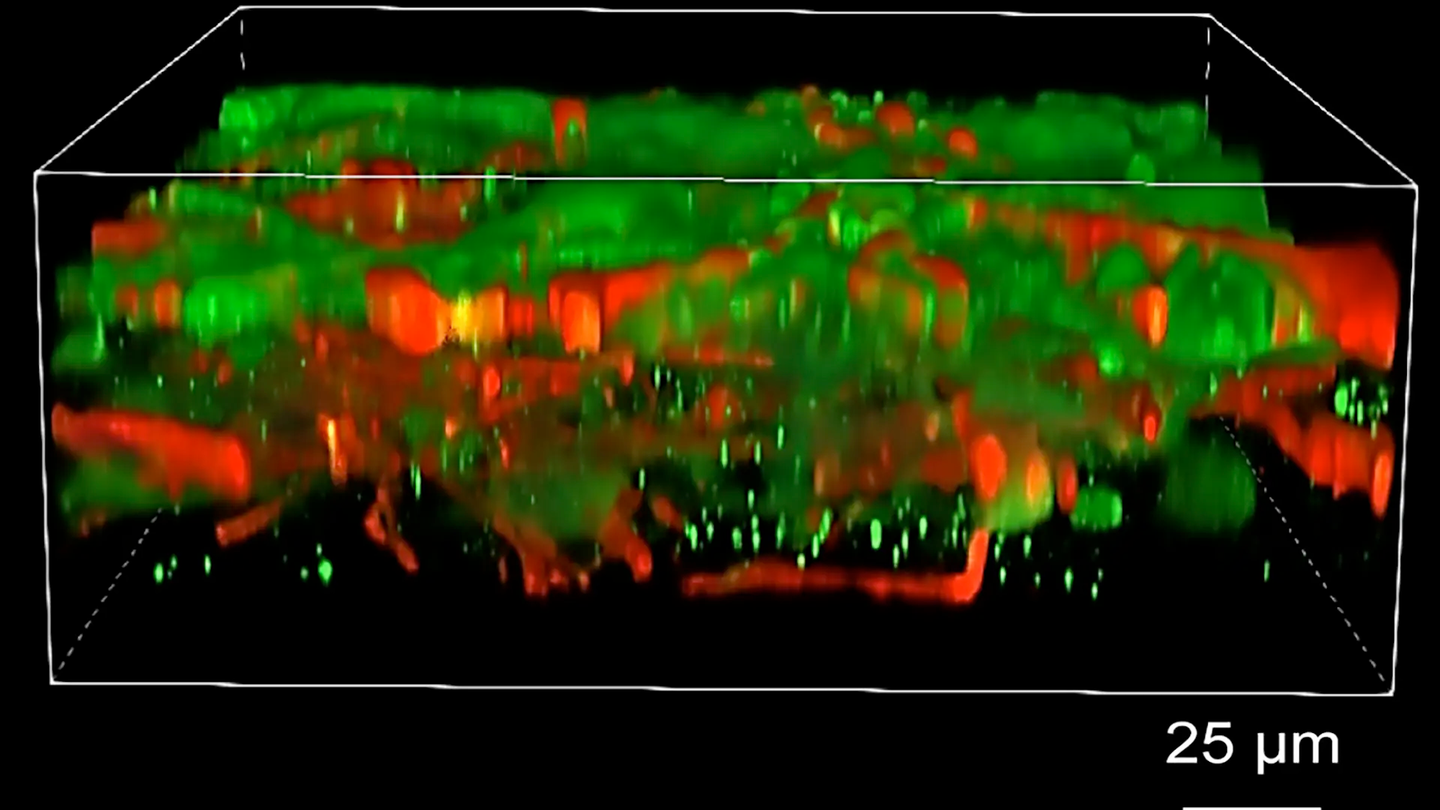Main Points Overview:
- Breakthrough: University of Wisconsin–Madison researchers create the first fully functional 3D-printed brain tissue, a neuroscience milestone.
- Accessible Tech: The technique eliminates the need for specialized equipment, enabling widespread adoption.
- Transformative: Led by Su-Chun Zhang, research advances the understanding of stem cell biology, neuroscience, and neurological disorders.
- Unparalleled Insights: Mimicking human brain tissue behavior, this study offers unprecedented opportunities for understanding cell interactions and diseases.
Source: ScienceAlert
Breakthrough in Neuroscience: 3D-Printed Brain Tissue Revolutionizes Research
Researchers at the University of Wisconsin–Madison have achieved a significant milestone in neuroscience with the creation of the world's first fully functional 3D-printed brain tissue.
This remarkable feat promises to revolutionize the field, offering unprecedented insights into the complexities of the human brain and paving the way for innovative approaches to studying and treating neurological disorders.
A Game-Changing Innovation
Led by renowned neuroscientist Su-Chun Zhang, the research team has developed a groundbreaking technique that allows for the creation of brain tissue that closely mimics the behavior of real human brain tissue.
Source: ScienceAlert
Unlike previous methods that required specialized bio-printing equipment, this new approach is designed to be accessible and versatile, making it readily adoptable by laboratories worldwide.
Zhang emphasizes the transformative potential of this achievement, noting that it not only advances our understanding of stem cell biology and neuroscience but also provides a powerful tool for investigating the underlying mechanisms of neurological and psychiatric conditions.
By harnessing the capabilities of 3D bioprinting, researchers can now fabricate tissues that accurately replicate the complexity and functionality of the human brain.
Unraveling the Mysteries of the Brain
Central to this breakthrough is the ability to study the communication between brain cells and other parts of the human brain in unprecedented detail.
The printed brain tissue exhibits remarkable capabilities, including the formation of brain-like networks within and between layers, communication between neurons, and the use of neurotransmitters.
This newfound ability to replicate the intricate dynamics of the human brain offers researchers a clearer understanding of cell interactions and network functionality.
Moreover, it provides a reliable model for studying brain health and diseases, offering insights that cannot be obtained through traditional animal models.
Moving forward, the research team aims to refine their process further, with the goal of creating more specific brain tissues tailored to address specific research questions and clinical needs.
With this groundbreaking innovation, the possibilities for neuroscience research are limitless, offering hope for new treatments and interventions for neurological disorders.
The study has been published in the Cell Steam Cell
Read more such news on techinsighttoday
Thank you so much for reading.

